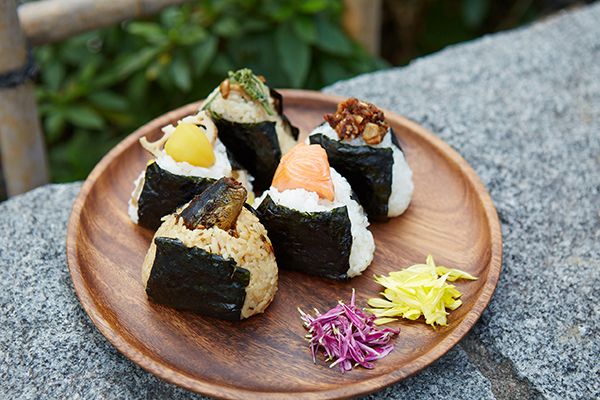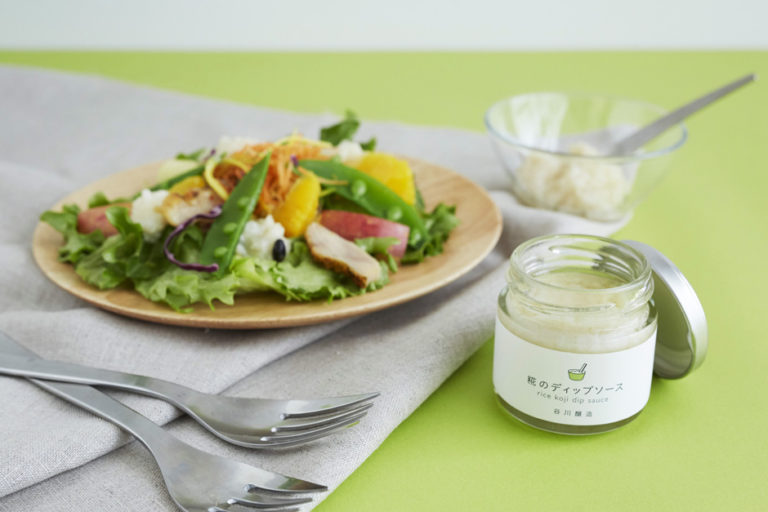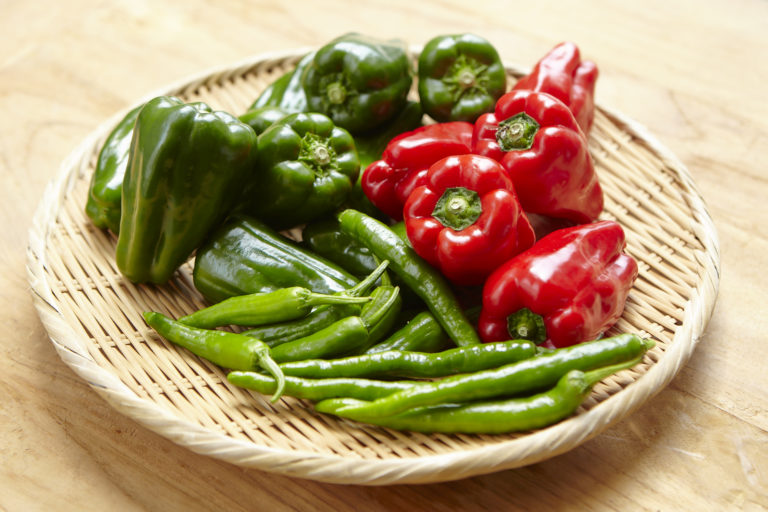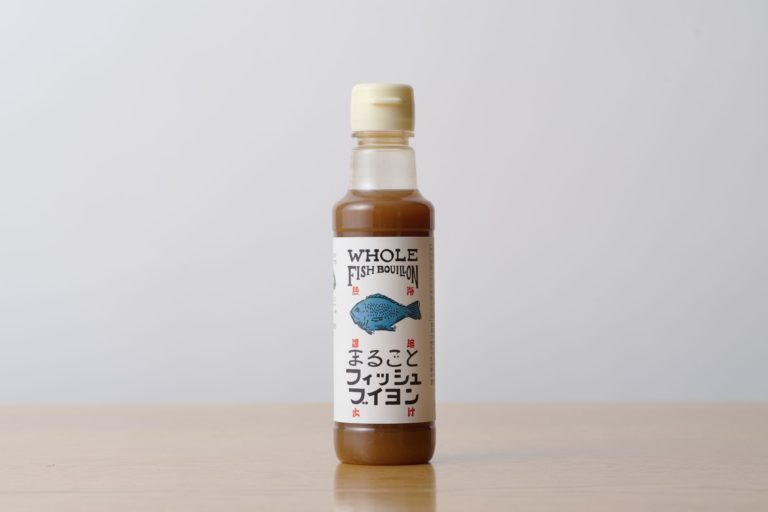Nori Blessed by the Natural Resources of the Ariake Sea

In order to find out the secret behind the delicious taste of Ariake Nori, the nation’s leading nori brand, we traveled to the shores of the Ariake Sea in Saga Prefecture, which boasts the highest nori production output in Japan.
Ariake Nori: The natural blessings of the Ariake Sea and the hard work of farmers
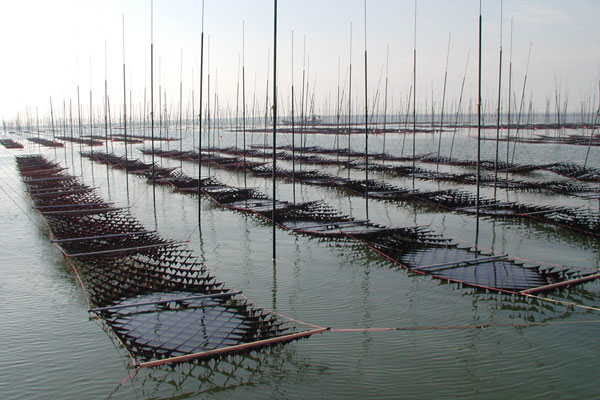
Nori farming in the Ariake Sea is carried out using a unique aquaculture system known as the “pole system,” in which large numbers of poles are planted in the ocean with nets hung between them. Intrinsic to this system is the difference between the ebb and flow of the Ariake Sea’s tide, which, at a maximum of six meters, is one of the greatest in the world. At high tide, the nori is submerged in the ocean water, allowing it to take in nutrients from the sea; at low tide, the nori rises above sea level and basks in the sun’s rays, making it more flavorsome. This cycle utilizes the power of nature to create delicious nori.
What’s more, the fresh water from the countless rivers that flow into the Ariake Sea reduces the salinity of the salt water, which is what gives Ariake Nori its characteristic melt-in-the-mouth softness.
Blessed by nature, the Ariake Sea truly is the perfect environment for farming nori.
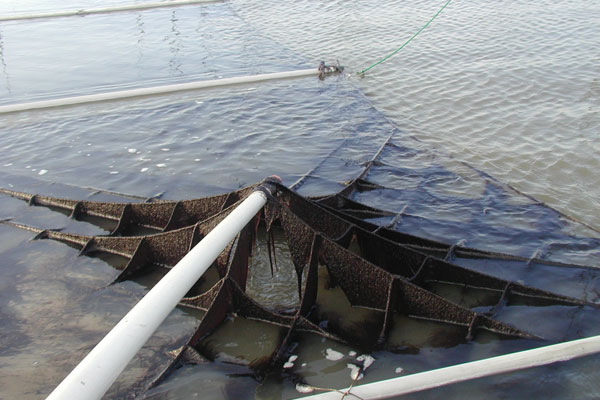
However, nori aquaculture using the pole system is greatly dependent on environmental conditions, and requires constant, careful maintenance. The poles must be adjusted night and day, in accordance with a variety of factors, such as the temperature, weather conditions, and the ebb and flow difference.

Katsunori Koga, head of the Ashikari branch of the Saga Prefecture Fishery Cooperative Federation, explained to us why the most important thing for nori aquaculture now is environmental conservation.
“In terms of environmental conservation, at times other than during the aquaculture period, we work cultivating the sea floor, cleaning the coastline, and so forth. Recently, fewer large typhoons have been reaching the Ariake Sea, and cultivation has become necessary in order to supply oxygen to the water. Cleaning the coastline is also essential in order to ensure that nothing contaminates the nori.”
Environmental conservation efforts such as these are invaluable, not only for the sake of the nori, but for the entire ecosystem of the Ariake Sea.
There are also lots of other issues involved in farming nori, such as the rising water temperatures that are caused by environmental changes. Each year, changing environmental conditions must be constantly monitored in order to ascertain the timing for the planting and harvesting of the nori.
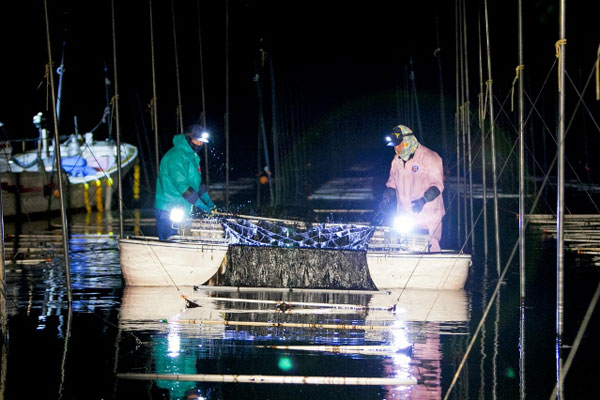
To create Ariake Nori, first of all the nori spores are “planted” in oyster shells, and cultivated on land. Then, in around October, as the season shifts from summer to fall and the water temperature drops to 23°C or lower, the spores begin to sprout from the shells. Nets are then put out to sea with the nori spores attached so that they can take root. Then, during fall and winter?from October to March?the nori is cultivated and harvested. In particular, the first crop of nori?known as ichiban tsumi (“first pick”)?is renowned for its soft texture and great taste, and has a high market value.
“During the harvest season, at night we take the boats out to pick the nori, and during the day we dry, bundle, and pack it. At the same time, we also have to tend to the nori nets, adjust the poles, and so forth; during fall and winter we’re so busy that we only get three or four hours’ rest a day,” explains Koga.
In general, nori is harvested at night. By harvesting it when the cells are sleeping, rather than during the day, when they are absorbing the sunlight, the flavor of the nori is preserved, and the final complexion is also better.
More than the cold of the winter nights on the Ariake Sea, though, Koga says that it’s the terrifying feeling of heading out into the pitch black of the ocean that he can never get used to. He carefully heads through the darkness towards the aquaculture area, paying attention to the waves as he goes. Once there, he swiftly and skillfully harvests the nori and tends to the nets.
Harvesting nori in the Ariake Sea may be grueling work with little rest, but for any farmer, the harvest season?the culmination of a year’s work?is an exhilarating time.
High-class nori born from close ties with the area
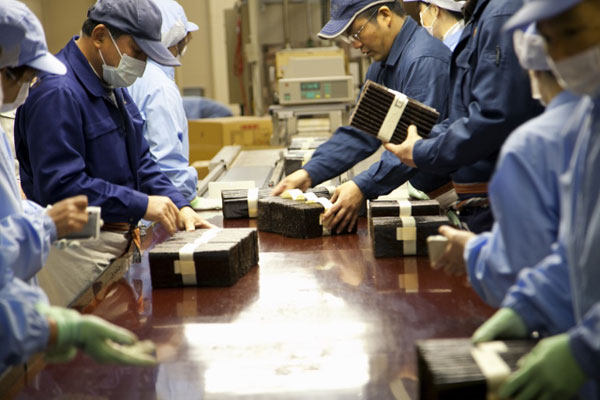
Once harvested, the nori is gathered at a processing plant, where it is dried in sheets and shipped out. At this point, the nori is sorted into different classes according to its shape and complexion, and then put up for auction.
At the beginning of January each year, the first batch of nori from the Ariake Sea is put up for auction. Nori experts from across the country?merchants, wholesalers, manufacturers?gather at auction sites in Saga, and the other regions bordering the Ariake Sea, in search of the high-quality “first pick” nori harvested that winter.
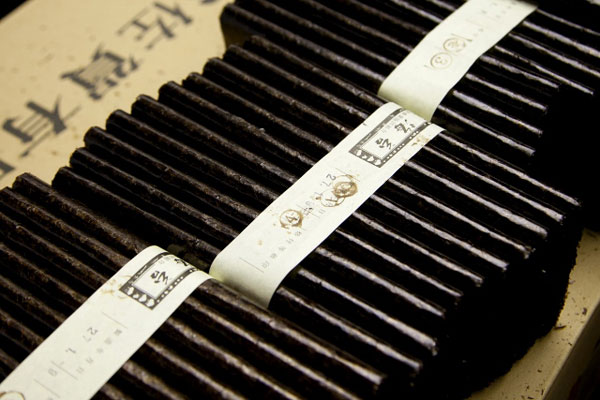
We visited one such company, and one that has been in business for over 160 years: Yamamoto-Noriten, a veteran nori company from Nihonbashi, Tokyo that now also has a processing plant in Saga Prefecture. Driven by their desire to create ever more delicious nori, Yamamoto-Noriten opened this new plant in September, 2014.
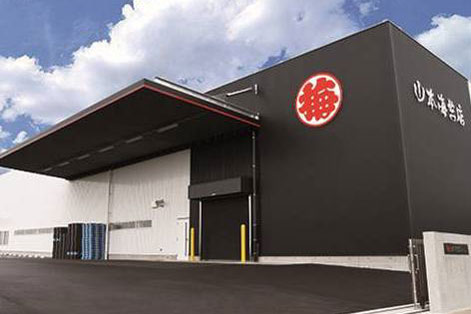
Yamamoto-Noriten are often recognized by their “Maruume” mark: the kanji for “ume” (Japanese apricot) inside a red circle. Their use of this mark originates from the fact that great importance is placed on the aroma of nori, as it is on that of ume, and that the ume blooming season in mid-winter is also when the highest quality nori is harvested. This mark is displayed prominently on the front of Yamamoto-Noriten’s plant in Saga, which is situated just 30 minutes or so inland from the coast of the Ariake Sea, making it possible to immediately process and ship out freshly-harvested nori.
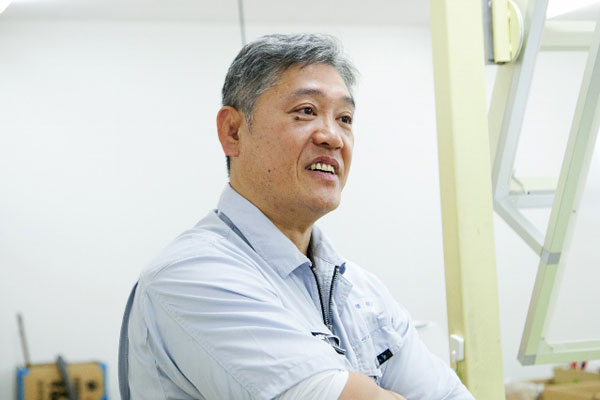
We asked Yuji Amakasu, assistant manager of Yamamoto-Noriten’s product department, what the benefits of moving their processing plant to Saga were.
“Now that we’re in close contact with the farmers, the amount of information we have access to has increased vastly. We’re able to get our hands on nori information that we never could in Tokyo. We’re also now able to swiftly express specific customer demands?exactly the sort of nori that they want to see?directly to the farmers.” By becoming one with the farmers like this, Yamamoto-Noriten have become able to procure higher quality nori than ever before.
What’s more, another benefit of having moved the factory to Saga is that the employees here possess the honesty and reliability that the people of the prefecture are renowned for. As hoped, they have proven indispensable in the company’s quest for even better products.
Dedicated to nori: The proud tradition of a veteran company
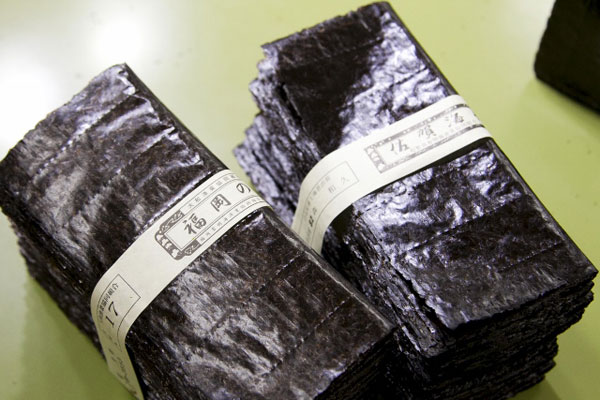
As well as the regular classes of nori, Yamamoto-Noriten have also established their own standards by which they grade nori. The nori that they buy in is assessed by experts with a wealth of knowledge, according not only to shape and complexion but also taste, and is then sorted for use in different products such as yaki-nori (baked nori,) flavored nori, and tsukudani.
We spoke with one such expert, Hiroaki Fujita, assistant manager at the company’s classification office, who explained the classification process to us.
“For example, based on normal standards, if nori has small holes in it, it instantly goes down in class. However, here at Yamamoto-Noriten, we don’t make judgments based solely on whether nori has holes in it. We classify the nori depending on its taste, and depending on whether or not it will suit our different products.”
We were also surprised to learn that the experts at Yamamoto-Noriten sometimes even give a low classification to nori purchased for a high price.
Fujita’s scrutinizing, experienced gaze is fixed on the nori as he carefully divides it up, and in his eyes you can see the pride of a company with over 160 years of experience in the industry.
In their quest for delicious nori, Yamamoto-Noriten made the jump from Nihonbashi, Tokyo to the Ariake Sea in Saga. This decision was undoubtedly born from the commitment of each one of their buyers and experts, combined with the company’s insatiable desire to deliver even better quality nori to customers’ dining tables.
The Ariake Sea, naturally blessed with an ideal environment for growing nori; the hard work of the farmers dedicated to creating it; and the conviction of the nori experts who want to provide customers with nori of the highest possible quality. All of these different factors are strongly interrelated, and each one is indispensable in order to continue delivering the delicious taste of Ariake Nori to dining tables across the country.

